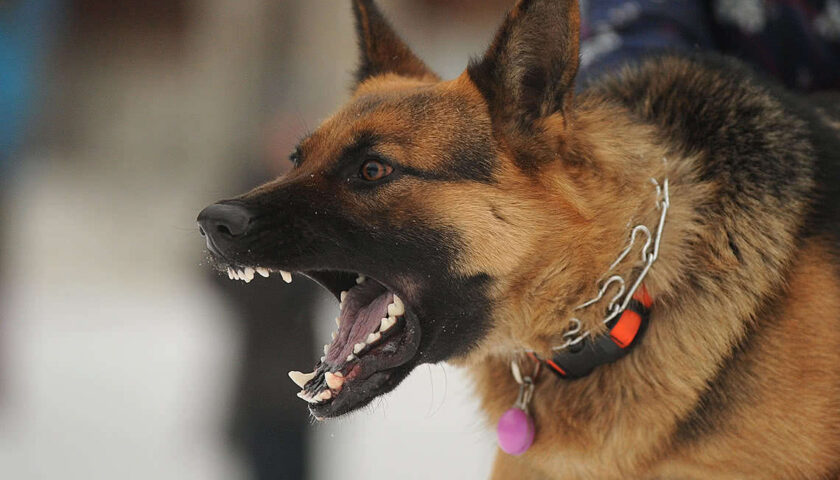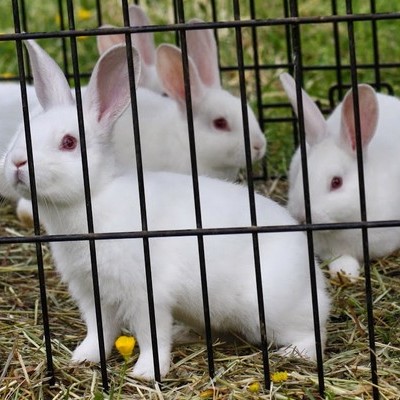Endometritis
This is the inflammation of the endometrium (internal lining and mucus membrane of the uterus). It occurs as a result of an infection by microorganisms. Infection normally occurs during mating or around labour and delivery by such organisms as Campylobacter fetus (See Brucellosis) or Trichomonas fetus (See Leptospirosis) and other opportunistic bacteria like the Corynobacterium pyogenes, E. coli and Fusobacterium necrophorum. Endometritis often occurs following difficult or abnormal labour or delivery and/or retained placenta.
Endometritis is a localized inflammation of uterine wall and usually a cause for bovine infertility.The causal organisms usually reach the uterus at coitus, insemination, parturition and post-partum. The retention of foetal membrane, abortion, dystocia, mounting by infected bull, unhygienic practices at insemination, hypocalcaemia, season and poor nutrition are the main factors associated with the development of endometritis.
Clinical Signs
The presence of a whitish yellow muco- purulent vaginal discharge is the main clinical sign.Volume of discharge increases at estrus. Cows rarely show systemic illness. On rectal examination thick uterine wall with doughy feel will be noticed.
- Discharges.
- Repeated heat after mating.
Diagnosis
- History of repeated heat.
- Difficult calving.
- Retained placenta.
Prevention and Control
- Routine and strict hygiene at calving:
- Cows should be kept clean at calving
- Ensure that calving boxes are cleaned and disinfected
Treatment
Many cases of endometritis are self – limiting and resolve after the resumption of estrus cyclicity and sexual rest. Antibiotic therapy, hormones, antiseptics and immune- modulators arethe common approach to handle the endometritis.
- Treat the underlying cause according veterinary advice





